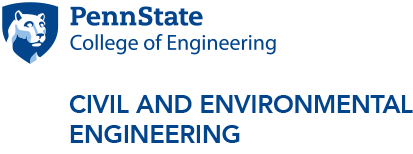Confronting the Ghosts of Nutrients Past, Present and Future in Water Quality Management
Abstract: Nutrient inputs to the landscape often move beyond their intended human uses in agricultural or urban systems, unintentionally being released to air, deeper soils, wetlands, groundwater, streams, rivers, lakes, and coastal areas. Added nitrogen or phosphorus may remain in the watershed for years, requiring recognition of these prior nutrient ghosts in the management of current and future nutrient issues. Ghosts can also include prior changes to the structure and function of watersheds as well as the spectre of climate change.
Understanding the role, impacts and fate of nutrient inputs to the landscape is critical for air and water quality management. US National Rivers and Streams Assessment (NRSA) surveys conducted by the States and EPA Fifty-eight percent (706,754 miles) of the nation’s rivers and streams were rated poor for phosphorus relative to the least-disturbed reference distribution, and 43% (522,796 miles) were rated poor for nitrogen. Nitrogen deposition is the largest source of nitrogen in 46% of stream length across the US, followed closely by agricultural non-point sources with 34% of the length. Excess nutrients are largely a nonpoint source issue and no single entity has complete jurisdiction over the problem, requiring partnerships to address.
By illustrating the value of combining datasets on nutrient inputs, climate variations, watershed characteristics and stream chemistry, we hope to provide science that the watershed biogeochemistry community can use to support decision making and management.
Bio: Kim Van Meter is an Assistant Professor of Water System Science at Penn State, using data-driven approaches to explore intersections between water, food, energy, and climate. In her recent research, Dr. Van Meter has focused on the role of wetlands in improving water quality and on quantifying economic and climate tradeoffs associated with wetland restoration. Dr. Van Meter uses a variety of tools in her work, from simple process-based models to more complex deep-learning approaches, and leverages many types of data to better our understanding of long-term water quality dynamics.
Bio: Jana Compton has been an ecologist with the US Environmental Protection Agency for 24 years, in the Office of Research and Development based in Corvallis, Oregon. Jana’s background is in forest soils and biogeochemistry, and she uses ecosystem and watershed approaches to understand nutrient sources, fate, impacts and management on water quality. Her work spans scales from farm fields to the conterminous US to provide science to inform decisions.
Event Contact: Li Li



